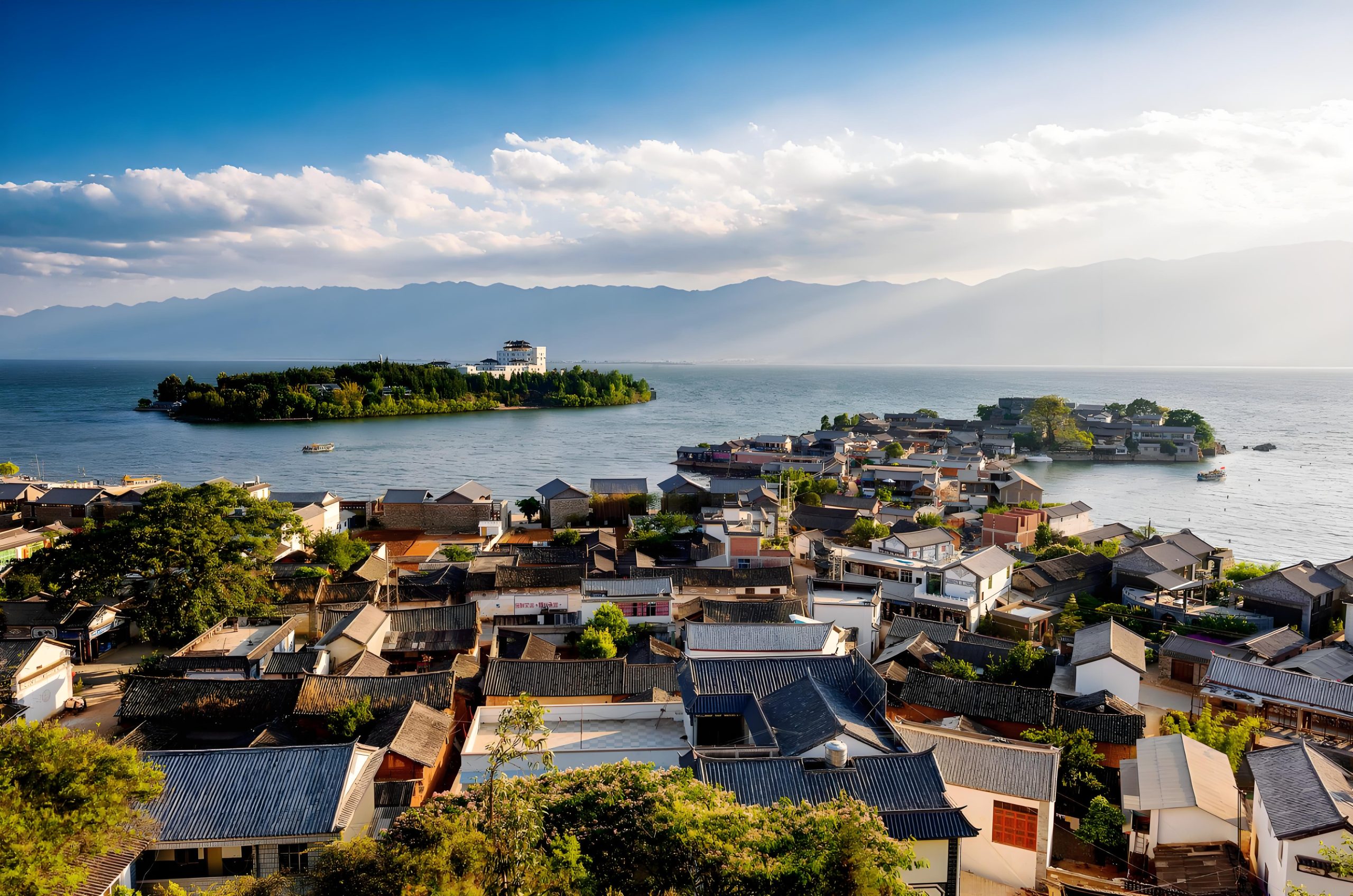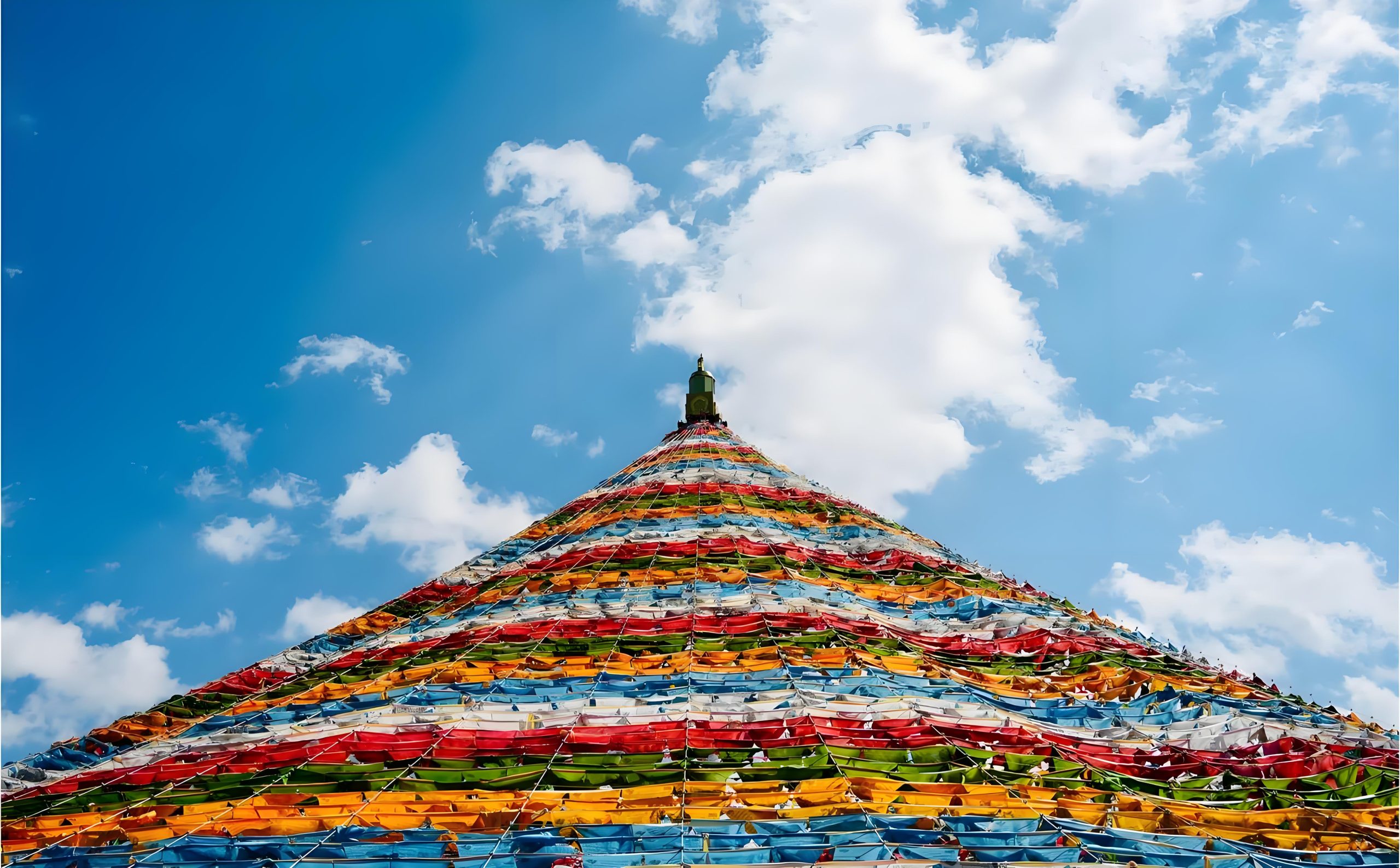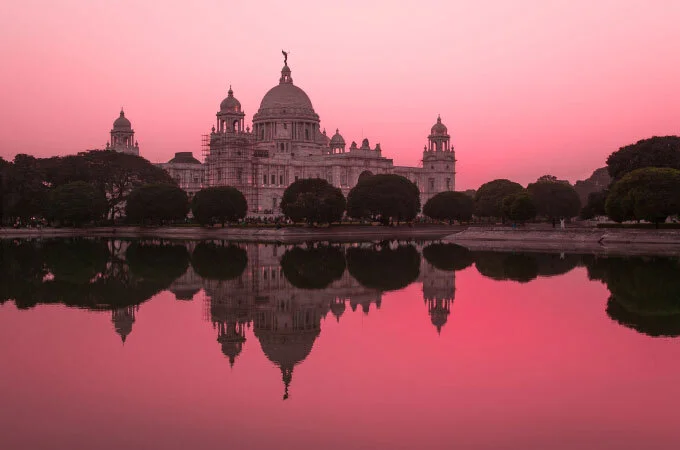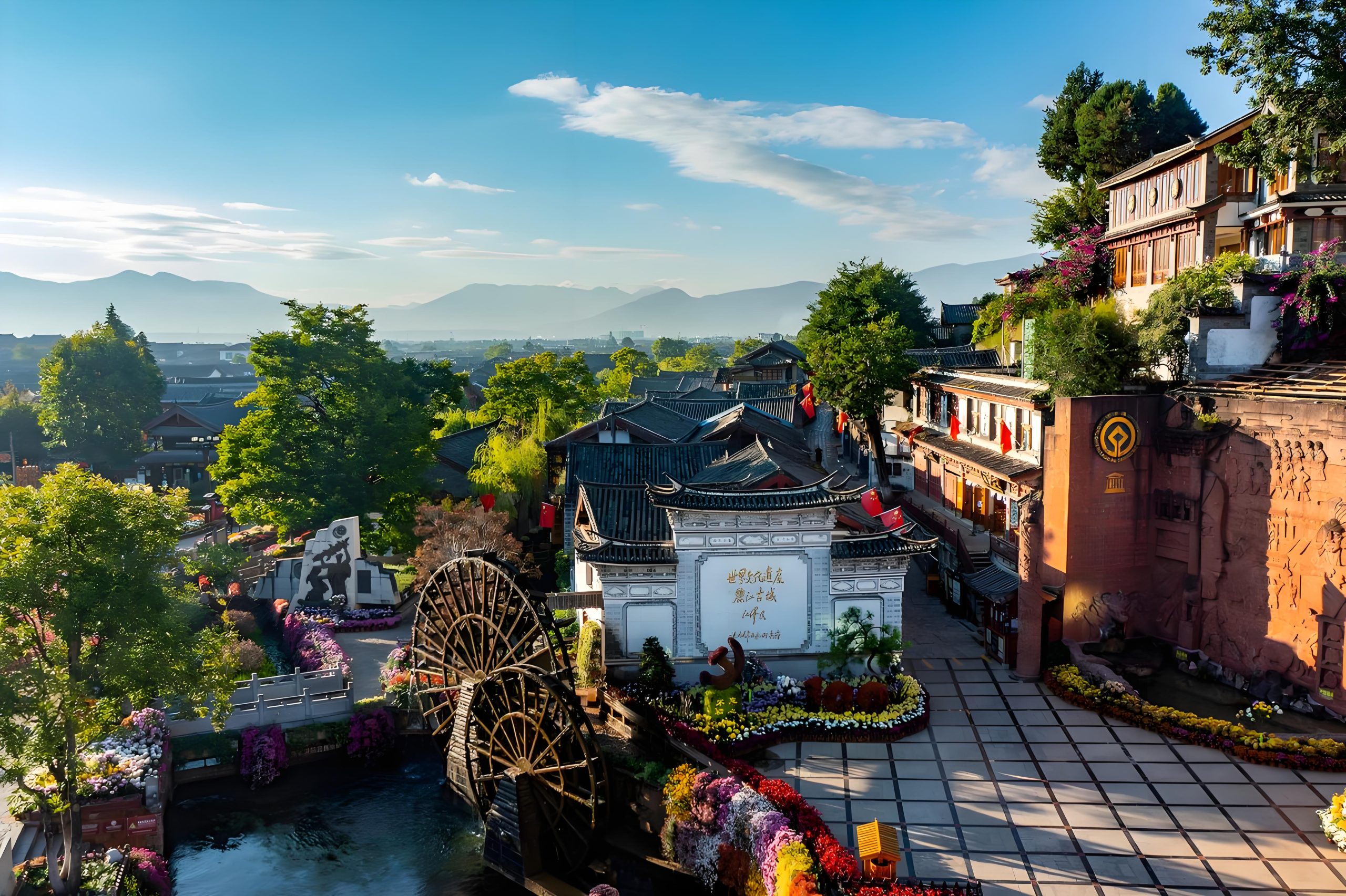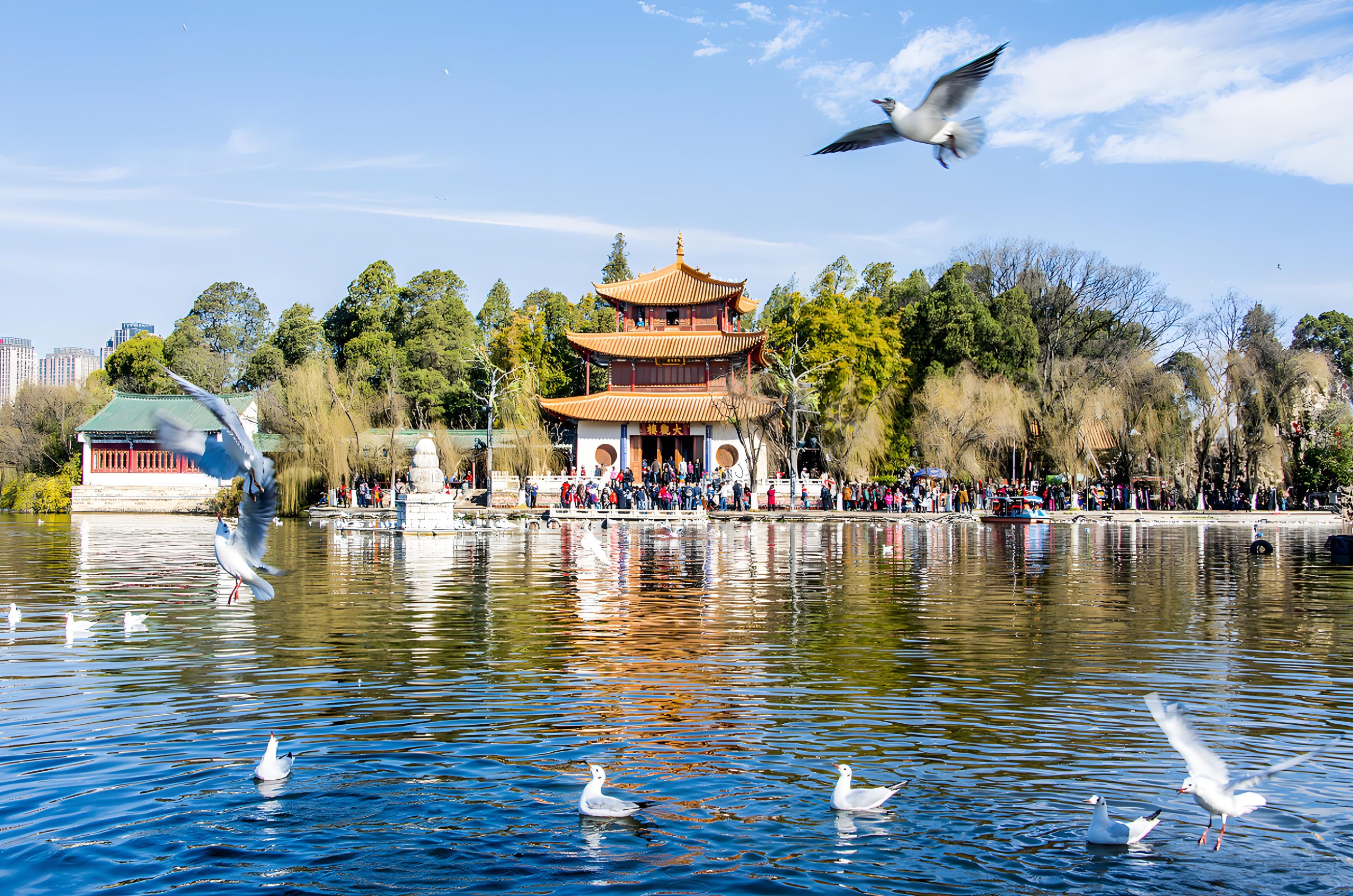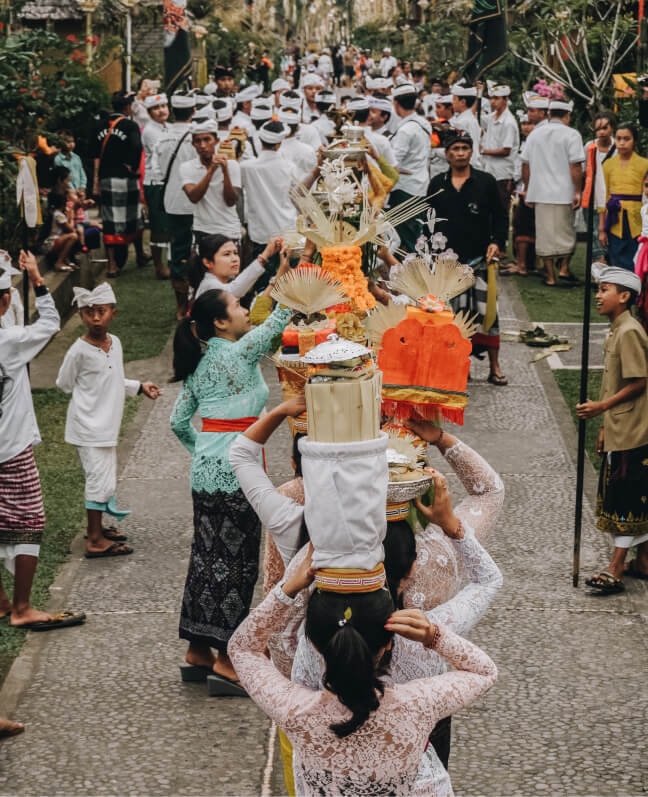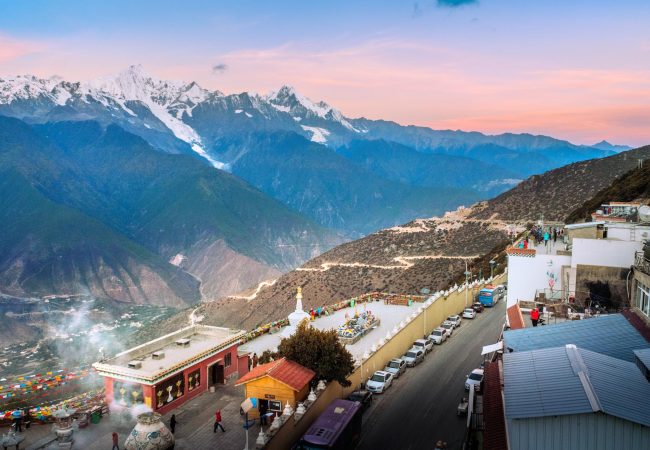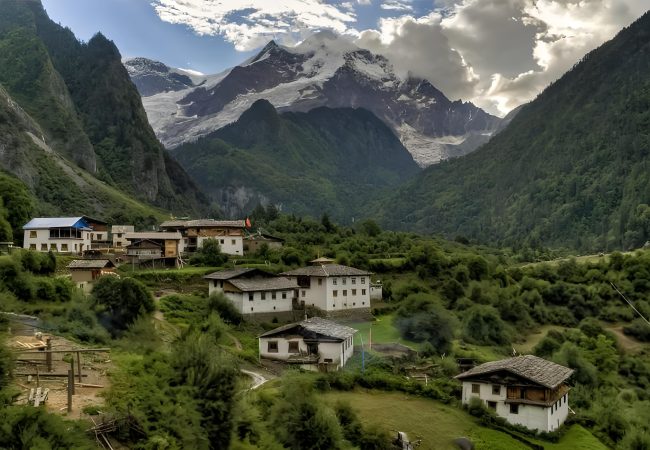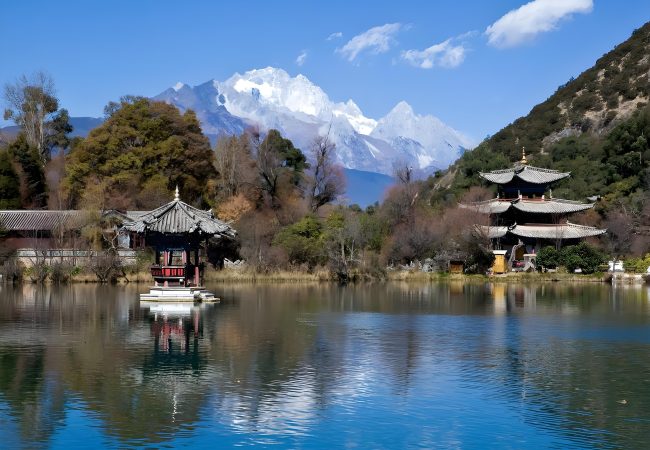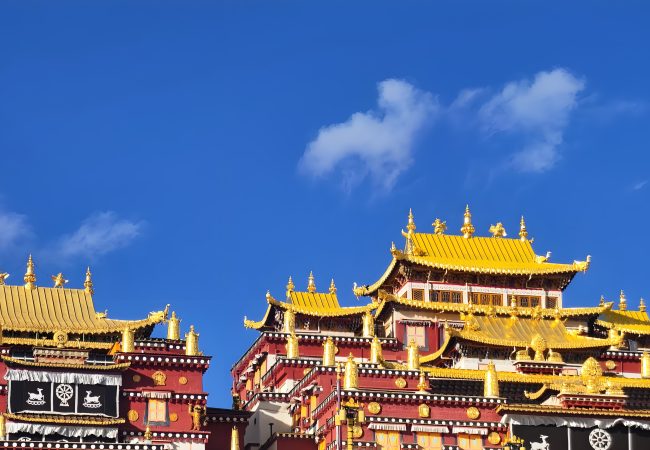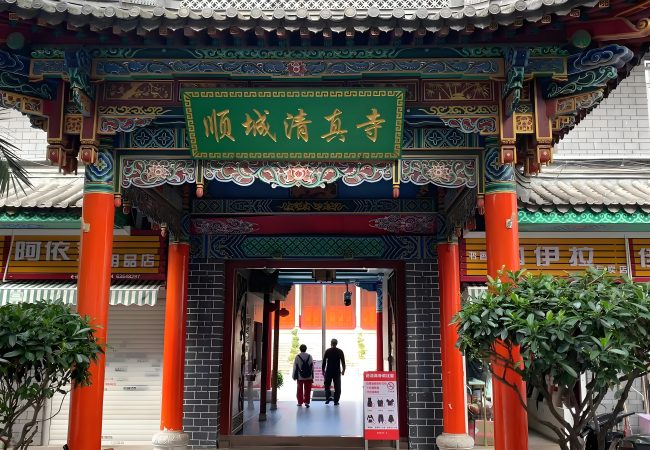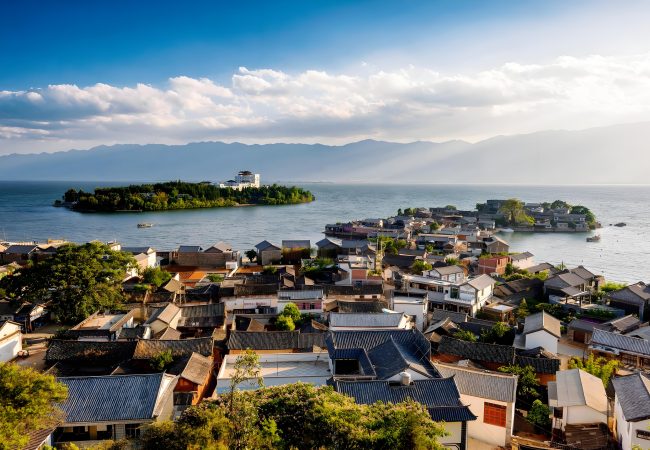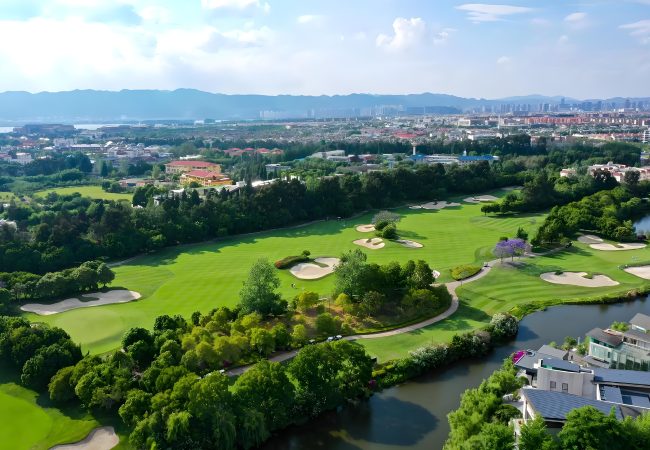zaxonjon@gmail.com
Customized professional Chinese travel for you!Book Your Tour
Lijiang
- Home
- Lijiang
Lijiang: Where Mountains Whisper and Rivers Remember
Lijiang, a shimmering gem nestled in the northwestern corner of Yunnan Province (云南省), rests gracefully upon the Yunnan-Northwest Plateau (滇西北高原), near the southeastern edge of the vast Tibetan Plateau (青藏高原). Cradled by the middle reaches of the Jinsha River (金沙江), this ancient city stretches from 99°23′ to 101°31′ East Longitude and from 25°23′ to 27°56′ North Latitude—like a dancer twirling at the confluence of Yunnan (云南), Sichuan (四川), and Tibet (西藏).
To the east, Lijiang gazes toward Panzhihua City (攀枝花市) and the Liangshan Yi Autonomous Prefecture (凉山彝族自治州) in Sichuan, where fiery landscapes and rich ethnic traditions await. Travel southward, and you’ll find the Dali Bai Autonomous Prefecture (大理白族自治州) and Chuxiong Yi Autonomous Prefecture (楚雄彝族自治州)—lands of tranquil lakes, vibrant markets, and centuries-old customs. To the west lies the awe-inspiring wilderness of the Nujiang Lisu Autonomous Prefecture (怒江傈僳族自治州) and the Diqing Tibetan Autonomous Prefecture (迪庆藏族自治州), where snow-capped peaks and deep gorges tell tales of resilience and reverence.
Lijiang is not merely a point on the map—it is a confluence of geographies, cultures, and time. Whether you come in search of snow-capped horizons, ancient towns, or the heartbeat of diverse ethnic traditions, Lijiang welcomes you with open arms. Here, the mountains whisper, the rivers sing, and every winding path leads to a story waiting to unfold.
Human and Historical Background
Lijiang boasts a rich and ancient heritage that stretches back over 100,000 years. As early as the late Paleolithic era, early Homo sapiens—known today as the “Lijiang People” (丽江人)—were already thriving in this region, leaving behind traces of prehistoric life on the Yunnan Plateau.
During the Warring States Period (战国时期), the area came under the jurisdiction of Shu Commandery (蜀郡) of the Qin State (秦国), marking its early integration into Chinese civilization. Across millennia, Lijiang witnessed the rise and fall of dynasties, evolving through countless administrative transformations that shaped its cultural and political landscape.
In 2002, Lijiang was officially designated as a prefecture-level city (地级市), affirming its role not only as a historical and cultural hub but also as a modern gateway to the wonders of northwest Yunnan.
Today, wandering through the ancient towns and majestic landscapes of Lijiang, travelers can still feel the echoes of its long and storied past—where history lives on in every stone path, mountain breeze, and timeless tradition.
Cultural Heritage, Religious Harmony, and Climate Blessings
Cultural Heritage
Lijiangis rich in culture and history. The Naxi people (纳西族) have a unique tradition called Dongba Culture (东巴文化), which includes music, dance, paintings, and the Dongba script (东巴文字)—the world’s only living pictographic writing system.
Lijiang Ancient Town is a UNESCO World Heritage Site, famous for its beautiful streets, canals, and old buildings like Sifang Street (四方街), Mu Mansion (木府), and Wufeng Building (五凤楼). Other ancient towns like Shuhe (束河) and Baisha (白沙) also keep the charm of past centuries.
Religious Harmony
Lijiang is home to many ethnic groups and religions. Buddhism (佛教), Taoism (道教), and local Naxi beliefs all exist peacefully together.
You can visit places like Yufeng Temple (玉峰寺) near Jade Dragon Snow Mountain (玉龙雪山), where different cultures mix and show the harmony between nature, religion, and people.
Climate Blessings
Lijiang has a pleasant climate all year round. It’s sunny and cool, with clean air and blue skies. Summers are green and fresh, winters are dry and mild.
Whether you’re walking in the old towns, hiking in the mountains, or just relaxing, the weather here makes every trip comfortable and enjoyable.
Lijiang(丽江)
1.25
Western Yunnan
Chinese
Chinese yuan

50% Off
For Your First Book
Recommended Package
Starting From:
$700TAXES INCL/PERS
Starting From:
$500Please Contact Us
Starting From:
$180TAXES INCL/PERS
Starting From:
$260TAXES INCL/PERS
Starting From:
$380TAXES INCL/PERS
Starting From:
$700TAXES INCL/PERS
Starting From:
$480TAXES INCL/PERS
Starting From:
$99TAXES INCL/PERS
Join The Newsletter
To receive our best monthly deals



